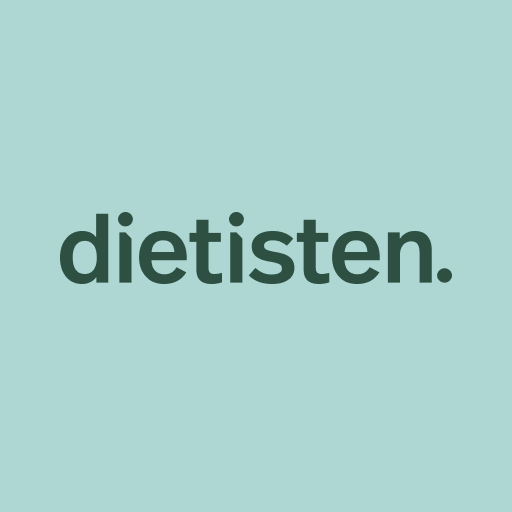Bulimia, Binge Eating Respond to Talk Therapy
Although most people with bulimia and binge eating disorders wait many years before seeking help, a new review shows that psychological treatment can make a … Läs mer,


Although most people with bulimia and binge eating disorders wait many years before seeking help, a new review shows that psychological treatment can make a large difference — and that cognitive behavioral therapy (CBT) is the most effective talk therapy for these disorders.
People with bulimia experience cycles of disordered eating behavior in which they overeat and then purge, often by self-induced vomiting or taking laxatives. Binge eating disorder includes bouts of overeating, but without purging, and researchers have linked it to obesity.\nEating disorders are most common in women, with bulimia affecting about 1 percent of women and binge eating disorder affecting 2 percent to 5 percent. Although bulimia rates appear stable, binge eating disorder increasingly is becoming common.
The review included 48 studies with 3,054 participants and strengthened earlier findings in favor of cognitive behavioral therapy. It found that 37 percent of people completely stopped binge eating when given CBT focused on binging — while 3 percent of those assigned to a waiting list control group quit.
Other therapies were less successful than CBT, helping 22 percent of participants achieve abstinence from binging by the end of treatment. One approach called interpersonal therapy did achieve comparable results — but took months longer to do so.\nLead author Phillipa Hay, M.D., is foundation chair of mental health at the University of West Sydney in Australia. “Cognitive behavioral therapy is really the treatment of choice,” she said. “It has far and away the best evidence. It hadn’t really been so definitively found in previous reviews.”
The review appears in the latest issue of The Cochrane Library, which is a publication of The Cochrane Collaboration, an international organization that evaluates medical research. Systematic reviews draw evidence-based conclusions about medical practice after considering both the content and quality of existing medical trials on a topic.\nCynthia Bulik, Ph.D., is director of the University of North Carolina Eating Disorders Program at Chapel Hill. Bulik, who had no connection with the review, said the key findings are that “bulimia nervosa is treatable; that some treatment is better than no treatment; that CBT is associated with the best outcome for bulimia nervosa.”
The original intent of CBT was to treat depression. A modified type of CBT in the studies focuses specifically on binge eating disorder symptoms. Nonetheless, participants also experienced significant improvements in mood.\n“Many people have problems with depression secondary to binge eating disorders,” Hay said. “They often feel anxious and guilty because of their binging so if the eating disorder improves, the depression improves as well. We did look at the effects of CBT [for binge eating] on depression and it does help depression significantly just in itself.”\nWeight, however, did not change with treatment. “None of these psychotherapies really affect people’s weight, which is good thing for people with bulimia who are normal weight but for those who are overweight or obese, they will need weight-loss therapies as well,” Hay said.
Cognitive behavioral treatment of bulimia or binge eating disorder typically involves 15 to 20 outpatient sessions with a therapist over a five-month period. CBT works by helping patients change the way they think about their behavior.\n“CBT rests on the premise that unhealthy thoughts lie at both the roots of bulimia nervosa and in the maintenance of unhealthy eating behaviors,” Bulik said. “The goals of CBT are first to have the patient become his or her own detective and — via self-monitoring — start to understand their patterns of binge eating and purging and recognize and anticipate the cues (triggers) for their unhealthy behaviors.” Once these patterns and the thoughts that drive them are identified, they can be challenged and addressed.
Hay gave the example of someone who, after binging, skips lunch and breakfast the following day. That can easily produce another binge because the craving caused by intense hunger is harder to resist. The therapist would help the patient see that eating healthy meals after a binge would break the cycle, even though fasting might initially seem like a better solution.
The review also compared CBT done in conjunction with a therapist to self-help using books that teach its techniques and tactics. While guided CBT was more effective, there was not much research on self-help and Hay says the approach is “promising” and that it should receive further study. There has been more research on bulimia than binge-eating disorder—so more data would help clarify the best approaches to the latter.
Other studies have found that antidepressants can help fight bulimia and binge eating. While this review did not compare medication to psychotherapy, Hay says clinicians should try CBT first because more people stick with it. “The dropout rate is quite significantly higher with drugs,” she says.
“Some treatment is better than none,” Bulik said. “If you can’t find a therapist [who practices CBT for binge eating], don’t throw in the towel— find another kind of therapist, pick up a self-help book, do something because the outcome will be better than doing nothing at all.”
Source: Health Behavior News Service



